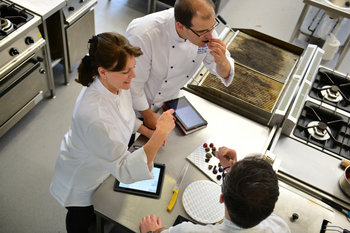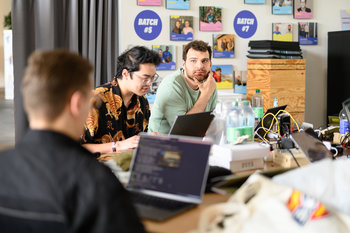Testing Project Management
| |
User acceptance testing, or UAT, is product testing by stakeholders or test analysts who act as users in validating that things function as expected. As the term suggests, the outcome of testing determines whether stakeholders accept that work has been completed to requirements.
ProcessUser interfaces are used to perform UAT tests. Tests usually focus on functional or behavioral requirements. Test cases are prepared from requirements before testing begins. When a non-conformance to specifications is found, it is documented as a defect. Defects are linked to requirements and can't result from undocumented expectations.User acceptance is typically achieved when the majority of high priority defects have been fixed and retested. Minor defects that are difficult to fix are often deferred until after launch. This decision typically lies with the project sponsor or executive stakeholders of a project. It should be noted that other types of testing such as non-functional testing, operational testing and security testing are also criteria in the decision to launch.|
Type | | Definition | Testing from a user perspective to determine if a release meets requirements. | Related Concepts | |
Next: Acceptance Testing
If you enjoyed this page, please consider bookmarking Simplicable.
The types of testing that are used to validate that a product, service, process or system meets requirements.
An overview of non-function testing.
An overview of low quality with examples.
The difference between a bug and a defect.
An overview of build quality with examples.
A list of common project risks.
A list of basic project management techniques.
A definition of workaround with examples.
A list of project branding techniques.
An overview of project stakeholder management with examples.
A definition of action plan with examples.
The primary types of cost overrun.
The definition of document control with examples.
A guide to project oversight.
A definition of design driven development with examples.
TrendingThe most popular articles on Simplicable in the past day.
Recent posts or updates on Simplicable.
Site Map
© 2010-2023 Simplicable. All Rights Reserved. Reproduction of materials found on this site, in any form, without explicit permission is prohibited.
View credits & copyrights or citation information for this page.
|


























